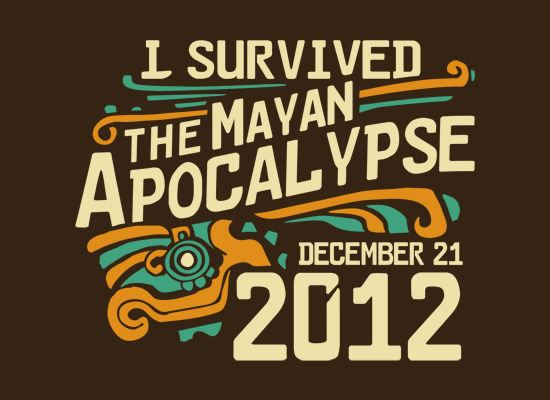On 18 December 2012, in Kempinski Hotel, our Rotary Club held a small ceremony. See further down the details according to the press release. This entry was updated 6 Jan. with more pictures.
Gilbert acted as the MC. Speeches were given by:
Mr. David van Meerendonk, President RCB, Mr. Gary Huang, President Nominee, Rotary International (who flew over for the occasion!), Dr. Jiang Rencai, Daimler AG, Mr. An, Party Secretary, Hebei Children’s Hospital and Ms. Piper Tseng, Foundation Chair, RCB.
See my pics of the event
Mobile clinic to save hundreds of children with congenital heart disease
The Rotary Club of Beijing (RCB) today announced the donation of a US$112,500 (or RMB 712,000) medical van to a children’s hospital in China’s Hebei Province which will detect and prevent congenital heart disease in children, educate the community about the problem, and facilitate timely surgery to save young lives.
“The donation is a milestone in the decade-long efforts of the Rotary Club of Beijing to save the lives of Chinese children with heart disease,” said Rotarian Ms. Piper Tseng, Chairwoman of the club’s Rotary Foundation Committee, which has coordinated the project known as “Gift of Life” (“GOL”), in Beijing.
This is the second medical van donated to a Chinese provincial hospital by the Beijing club, which has previously donated one in Henan Province. The medical vans are designed to tour rural areas with ultrasound equipment and a medical team, to conduct medical examinations and scans to detect heart defects among youngsters and to educate mothers to spot symptoms in their infants and to avoid bad pre-natal habits during pregnancy.
“These children are all suffering from a life threatening sickness – congenital heart disease – which if left untreated will mean they have very short lives. Their families cannot afford to send them to hospital, so we are helping to do what we can,” said Ms. Tseng.
The Beijing club spearheaded the latest project, coordinating support from key partners including the China Song Ching Ling Foundation (“CSCLF”), General Electric and Daimler AG, along with the Hebei Children’s Hospital in Shijiazhuang, the capital of Hebei Province. Important contributions were also collected from Rotary clubs in Taiwan, Hong Kong and the United States.
The GOL is a global program designed by US-based Rotary International for its 34,000 clubs and 1.2 million members around the world to participate in. The Beijing club has had an active GOL program since 2001 and has provided 320 life-saving surgeries for Chinese children, a medical bus to the Zhengzhou No. 7 Hospital in Henan Province, central China, in addition to raising substantial matching grants and private donations.
Official data shows China has a high incidence of birth defects and that they are on the rise. Birth defects grew from 87.7children for every 10,000 children born in 1996 to 149.9in 2010, a dramatic 70.9% jump. Congenital Heart Disease (CHD) ranks as the leading birth defect and surged by 23.25% in the period 2003-2007. About 260,000 children, or 32.7 /10,000 are born with CHD each year. [Ref: “Women and children Health Report”, Sept 2011, released by PRC government]
CHD is one of the deadliest birth defects. About 300,000 children died before the age 5 in 2010, a 16.4% mortality rate and the 5th-highest in the world after India, Nigeria, Congo and Pakistan. CHD cases account for most of those early deaths.
A low rate of surgery treatment accounts for the high mortality rate each year in CHD children. Of the 260,000 children born with CHD each year, only about 70,000, or 23%, reach the operating room. The situation is worst in rural areas, where the share of the medical fees that a family must fork out is a major deterrent against seeking treatment. Most hospitals capable of delivering CHD surgery are overly concentrated in big cities like Beijing and Shanghai and a long way from rural areas.
The GOL medical vans enable cardiologists and physicians to travel to rural areas to train grassroots doctors and to screen children with CHD and to provide better pre-natal care. They then provide surgery opportunities to children in need by connecting them with surgery funds available through charities such as Rotary or through government CHD surgery subsidies that they otherwise might not learn about.
Hebei Province has one of China’s highest birth defect rates. An estimated 8,000 children are born there every year with CHD, and 3,000 of those are considered critical cases. Less than half of the affected children receive surgery. Early detection and surgery in Hebei can help save their lives. The Hebei Children’s Hospital has helped save the lives of 200 GOL patients since 2001.
About Rotary International (RI)
RI is a global voluntary organization of business and professional leaders that provides humanitarian service, encourages high ethical standards in all vocations and helps build goodwill and peace in the world. Over 1.2 million Rotarians belong to more than 33,000 Rotary clubs in over 200 countries.
About the Rotary Club of Beijing (RCB)
The RCB is a full-fledged Rotary club with 70 members from a spectrum of business and vocational sectors within the foreign community from more than 20 different nations. We conduct regular fellowship gatherings and fundraising activities. We have contributed funds and our time to a variety of social and sustainable projects in poverty alleviation, health, education and the environment.















































